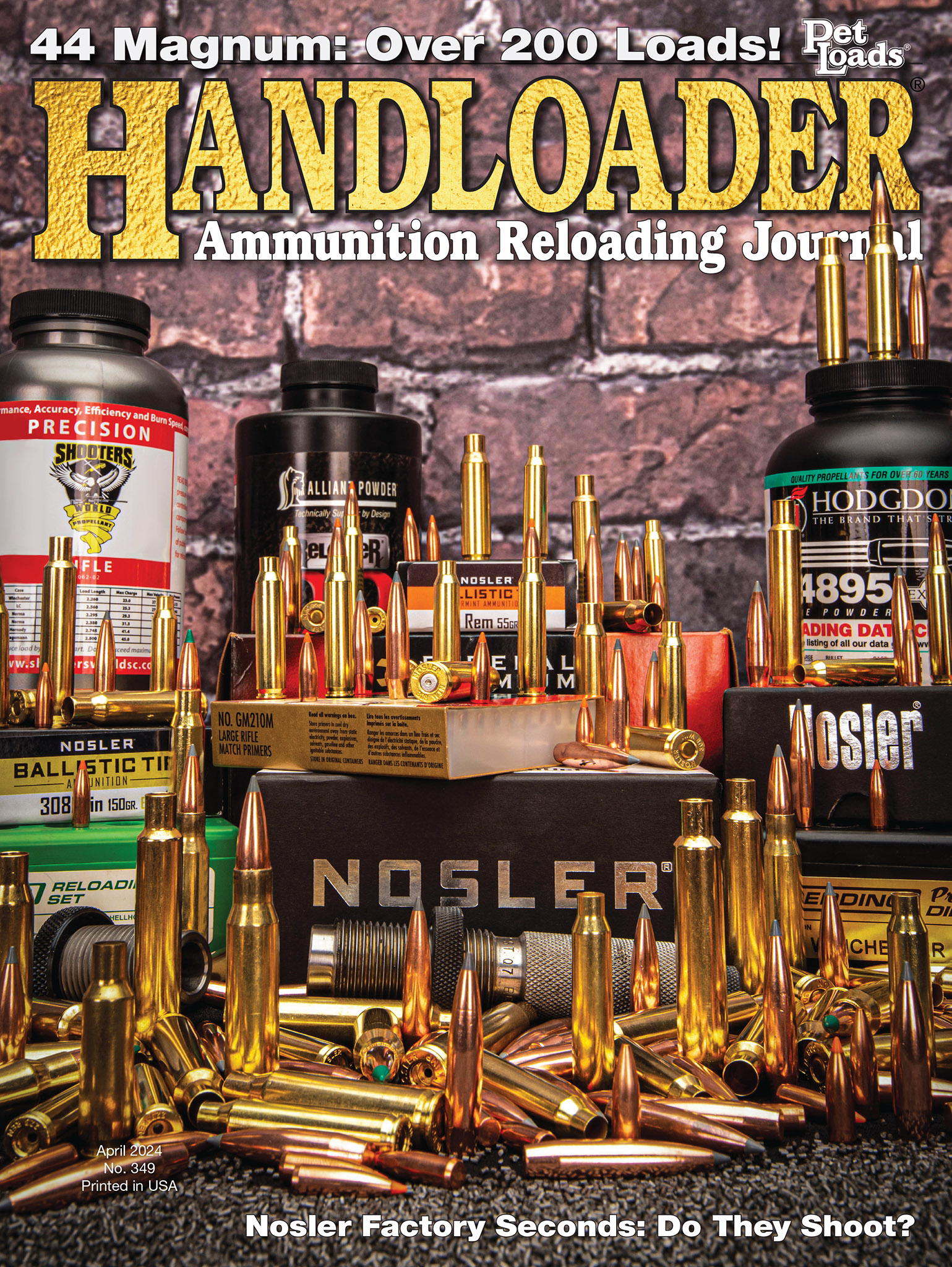The Controversial Savage 22 Hi-Power
A Great Cartridge for the Handloader
feature By: Layne Simpson | April, 24

Charles Newton created two cartridges designed to push .228-inch bullets to high velocities. The 22 Newton was formed by necking down the 7x57mm Mauser case and it became available in rifles built by Newton at the time. The other cartridge, formed by necking down the 25-35 Winchester case, was adopted by Savage and introduced in the Model 99 lever action in 1912 as the 22 Hi-Power. While the name was spelled that way on early boxes of Savage ammunition, the company later often referred to it as 22 High Power as well. Loaded with 70-grain expanding and full-patch bullets at an advertised velocity of 2,770 feet per second (fps), it first appeared in a takedown version of the Savage Model 99 Featherweight at a price of $25. Over the following 29 years, the chambering was also offered in six other Model 99 variations. Ammunition loaded with the two types of bullets at the same velocity eventually became available from Winchester and Remington.
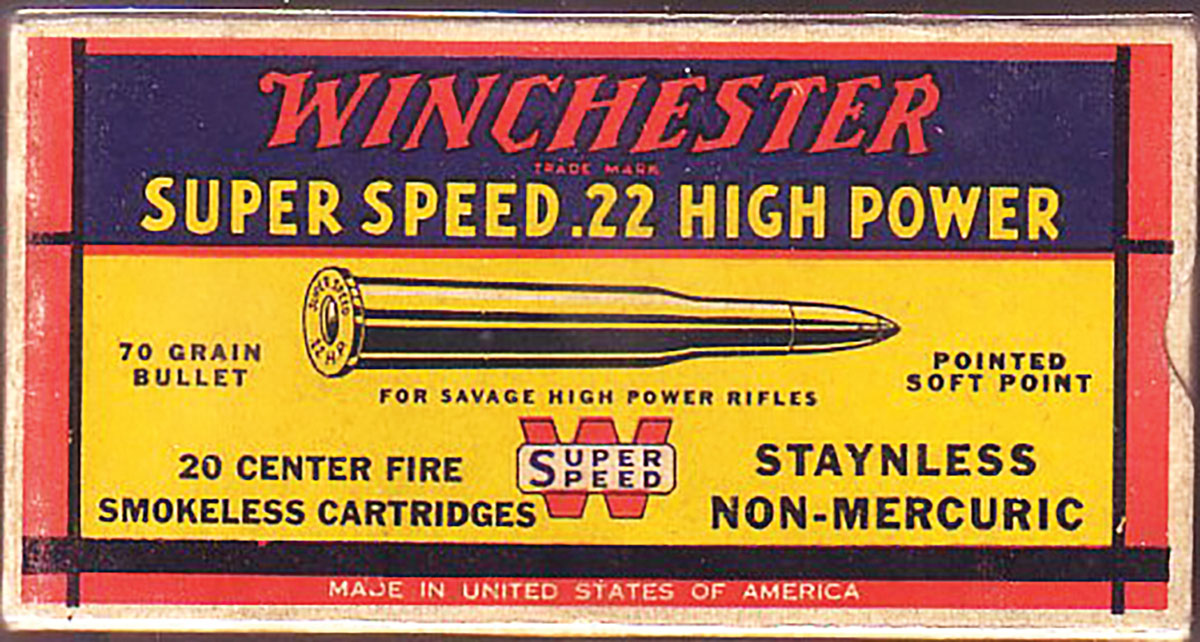
I have owned several Model 99s in 22 Hi-Power and have shot others belonging to various friends and acquaintances. All of mine have been the Featherweight takedown version with a fairly light 20-inch barrel that I prefer. Contrary to an opinion or two, I have found no difference in the accuracy of takedown and standard Model 99s of various calibers in good condition. Ammunition with non-corrosive primers did not appear until the mid-1920s, so finding a rifle in 22 Hi-Power with a good bore can be a challenge. During my early teens, I often borrowed one from a neighboring farmer and used it to shoot feral hogs, which were terrible destroyers of valuable crops. The bore of the rifle looked like the inside of a stove pipe but I don’t recall a single miss out to 50 long paces that was about as far away as I usually took a crack at a pig. I occasionally also used a Winchester 94 in 32 Special and with bullets from both placed close behind the shoulder and through the lungs, the 22 Hi-Power was a quicker pig killer. Blasting through the tough gristle plate covering the vitals of a mature boar was never a problem for the 70-grain bullet.
My present Model 99-H was built in 1914 and while exterior wear indicates considerable use, it appears to have escaped the ravages of corrosive primers and is in good condition with only minor pitting. It came with a fully adjustable Redfield 70H peep sight attached to the top of its receiver and the rifle weighs slightly less than 7 pounds. Slugging its bore revealed a groove diameter of .2278 inch. The groove diameter in one rifle I shot measured .2288 inch, but none of the others exceeded .228 inch.
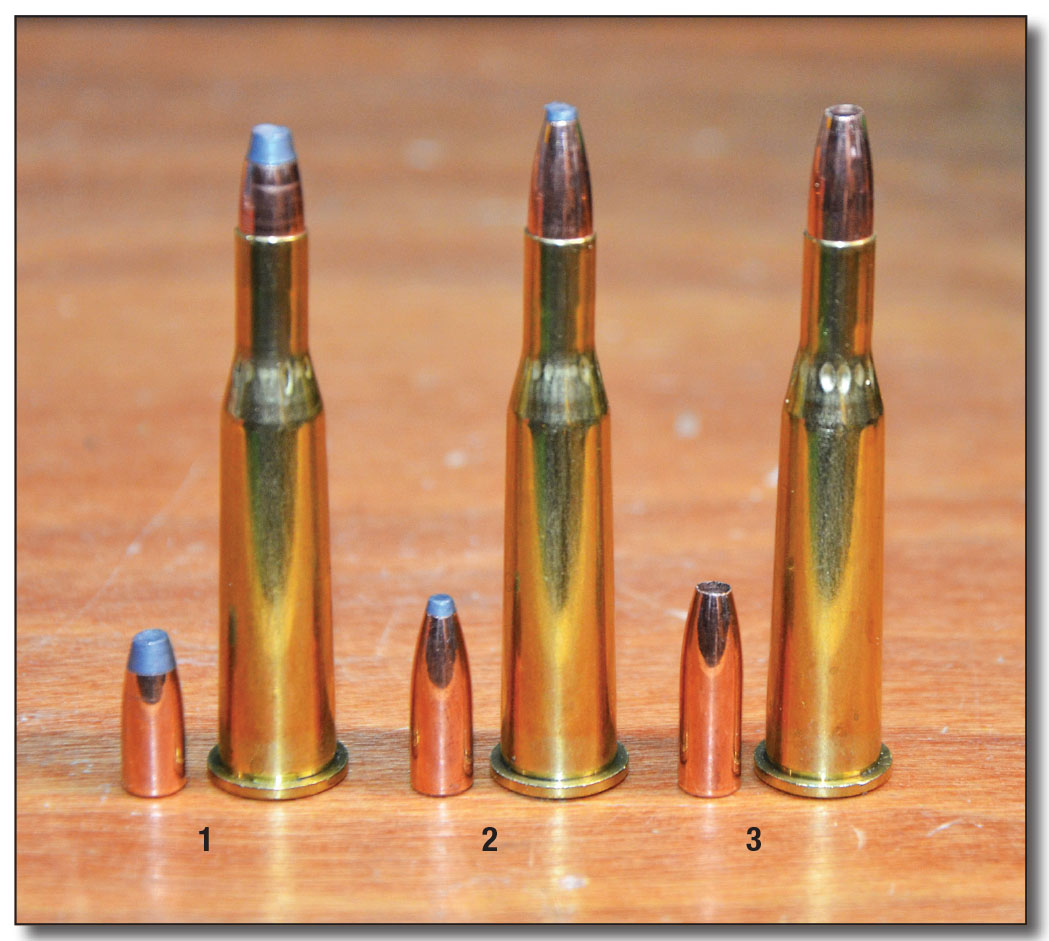
Due to its rimmed case, the Savage cartridge has enjoyed greater popularity and longevity in Europe than in the U.S., because a modified version called the 5.6x52R is perfectly suited for use in combination guns, drillings and single-shot rifles of tip-up design. The 5.6x52R is often described as a European edition of the 22 Hi-Power and while they are almost identical, several case and chamber dimensions differ slightly with the most important being the base or body diameter just in front of the rim. Whereas the diameter of the 22 Hi-Power case (as well as 25-35 Winchester and 30-30 Winchester cases) is usually around .415 inch, the 5.6x52R case measures .411 inch to .412 inch. Not much difference, but enough to sometimes prevent the American version from fully chambering in a rifle reamed for the European version.
A guide with whom I hunted chamois in the Austrian Alps a few years back had a beautiful little single-shot stalking rifle in 5.6x52R purchased by his father during the 1930s from Greifelt & Company of Suhl Germany. It wore an old Kahles scope. He had located several boxes of Remington 22 Hi-Power ammunition and not a single one of the cartridges would chamber in his rifle. So, he stocked up on 5.6x52R ammunition loaded by RWS. It seems that the chambers of most guns built by the British were reamed for the slightly larger dimensions of the 22 Hi-Power. Sometime back, a double built by Westley Richards was sold by Rock Island Auction. Rigby also chambered a few doubles for the cartridge.
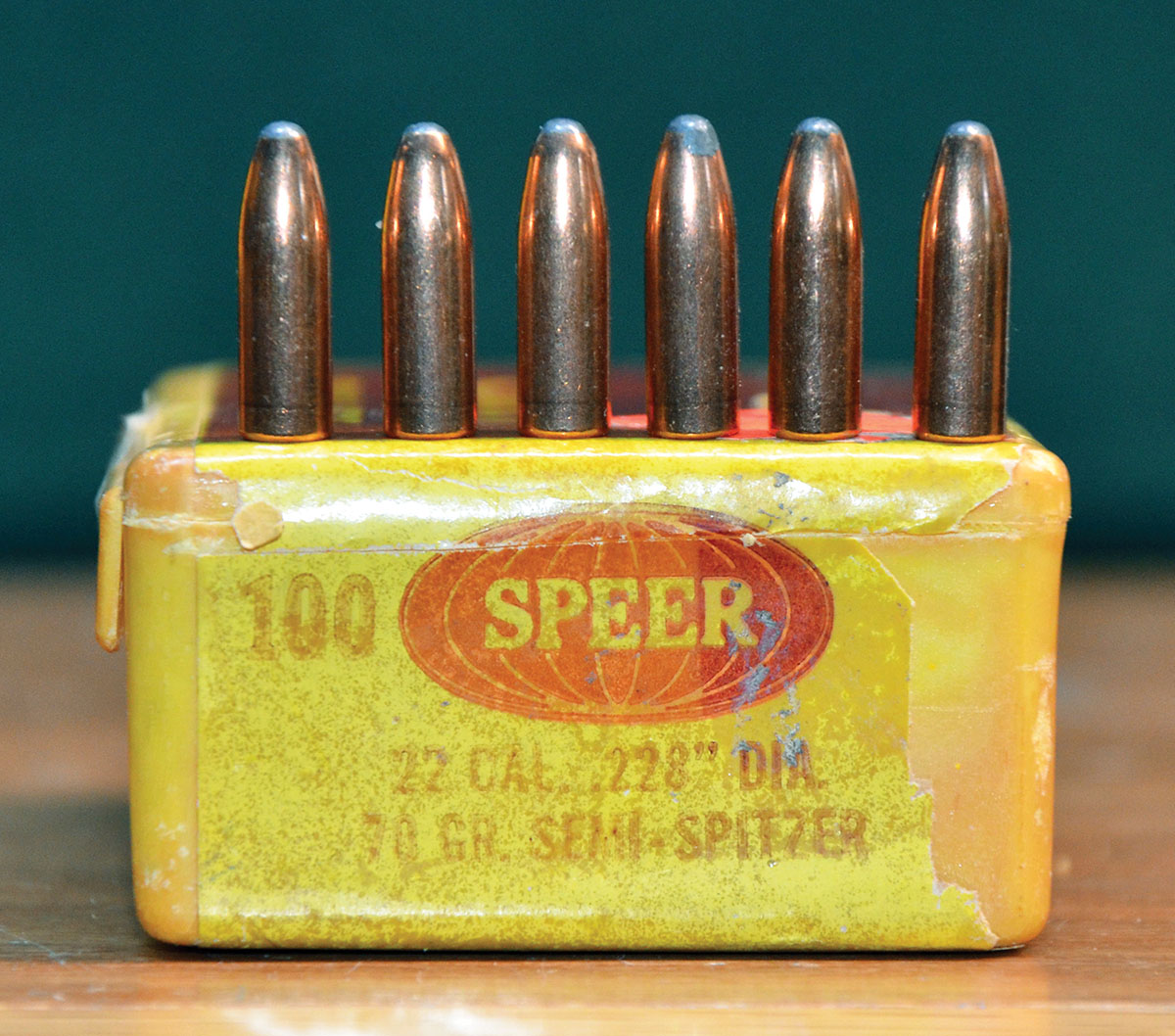
While boxes of ammunition loaded by some companies had the 22 Hi-Power marking and cartridges inside were headstamped accordingly, their cases had 5.6x52R dimensions so they could be fired in rifles chambered for either cartridge. An example is ammunition made by Canadian Industries Limited or CIL as it was more commonly known. I still have 20 rounds and the cases measure .411 inch at the base. Norma 5.6x52R cases in my reloading room measure .412 inch. This is why they show considerable expansion after being fired in a Savage rifle. I still have a few rounds of 1920s vintage Savage ammunition and it measured .415 inch at the base, the same as cases I recently formed from Starline 30-30 Winchester brass.
Due to the difficulty of rounding up factory ammunition today, the old Savage cartridge is a perfect candidate for handloading. Cases can be formed by running 25-35 Winchester brass through a 22 Hi-Power full-length resizing die. That brass is not easy to find but 30-30 Winchester is usually available from Starline. Cases formed from those are better than cases made by Norma and others because due to the larger base diameter, they don’t swell excessively when fired in a 22 Hi-Power chamber. For this reason, case life is longer. Starting with 30-30 brass requires full-length sizing with a 25-35 Winchester die prior to the 22 Hi-Power die. Do not lose sleep over lube dents that appear on the shoulder as they will vanish after a firing or three. The Starline case is 2.029 inches long and a squeeze by the 25-35 die increases it to 2.048 inches. The case then emerges from the 22 Hi-Power die at 2.051 inches and is trimmed to 2.045 inches. The neck diameter with a .228-inch bullet seated is .251 inch so reaming or outside turning is not required. Savage, Winchester, Norma and CIL cartridges I have measured ranged from .248 to .254 inch.
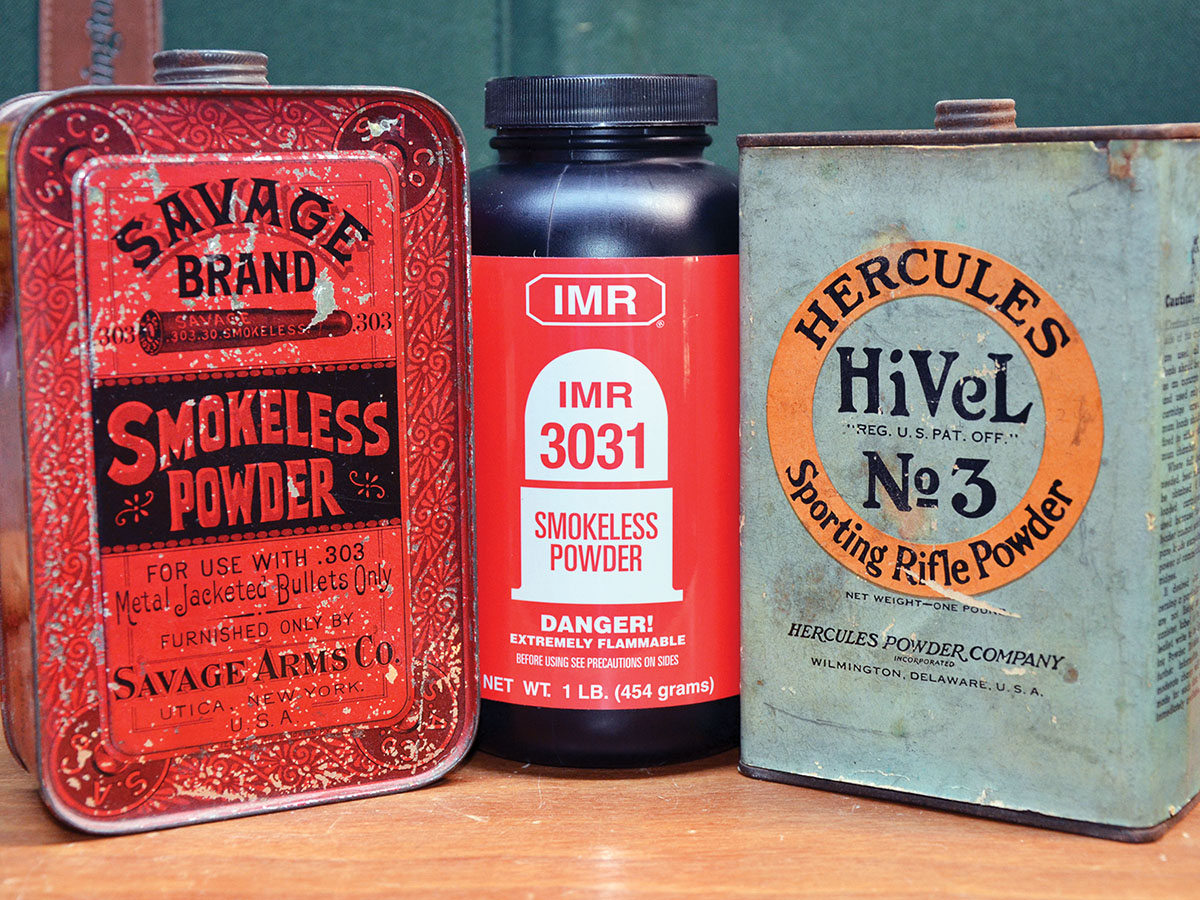
Savage advertised the powder it sold for reloading as the very best made in Germany and an old catalog recommended the same powder for the 22 Hi-Power and the 303 Savage. That makes sense because IMR-3031 has long been popular for handloading the 22 Hi-Power and it is also one of the best choices for use in the 30-30 Winchester that is similar in capacity to the 303 Savage. In Philip Sharp’s Complete Guide to Handloading, a maximum charge of IMR-3031 pushed a 70-grain bullet to 2,900 fps from a 24-inch barrel. Sharp included 1948 prices of $63.53 for 1,000 primed cases and $26.78 for the same quantity of 70-grain bullets. The 43rd edition Lyman Reloading Handbook (1964) listed the same combination of IMR-3031 and a 70-grain bullet for 2,900 fps. Lyman also showed IMR-4895 and IMR-4320 producing similar velocities. Hercules Hi-Vel No. 3 included in both of those reloading manuals produced about the same velocity as IMR-3031, but it has not been produced in quite a long time.
Speer used to offer a 70-grain semi-spitzer for the 22 Hi-Power and while it was quite accurate, accuracy could be poor with the Hornady bullet because its more pointed shape made it too long to be adequately stabilized by a 1:12 rifling twist rate. It was accurate in a Model 99 I owned many years ago but the actual rifling twist rate of its barrel was 1:11 inches, something I have not seen in another Savage rifle. As a rule, if a bullet exceeds a length of .770 inch by more than a little, it may not be stabilized by a 1:12 twist at velocities possible with the 22 Hi-Power.
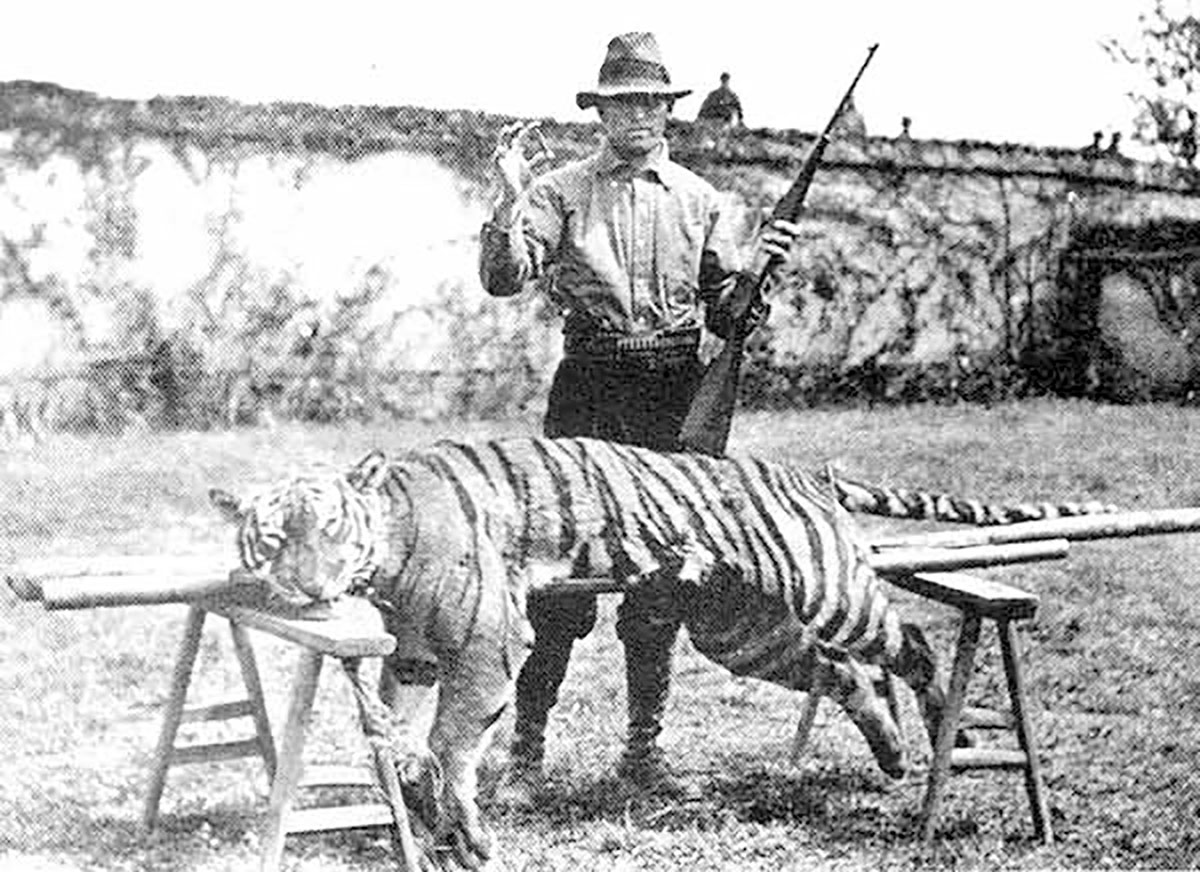

The actual barrel groove diameter of rifles built by Savage and other companies in the old days, sometimes strayed from company specifications. For this reason, some Model 99s in 22 Hi-Power will deliver acceptable accuracy with some .224-inch jacketed bullets while others will not. My rifle is in the latter group. It wants to shoot the Hornady 55-grain softpoint and the Nosler 60-grain Partition with three occasionally staying just inside 4 inches at 50 yards. The next group might have one bullet fairly close to point of aim with the other two tumbling in flight and landing far from their mate. Loading undersized bullets requires switching to a smaller expander button in the full-length resizing die in order to avoid insufficient case neck tension on a seated bullet. Years ago, I discovered that the expander button from an RCBS 222 Remington die would fit the decap stem of my Pacific 22 Hi-Power die.
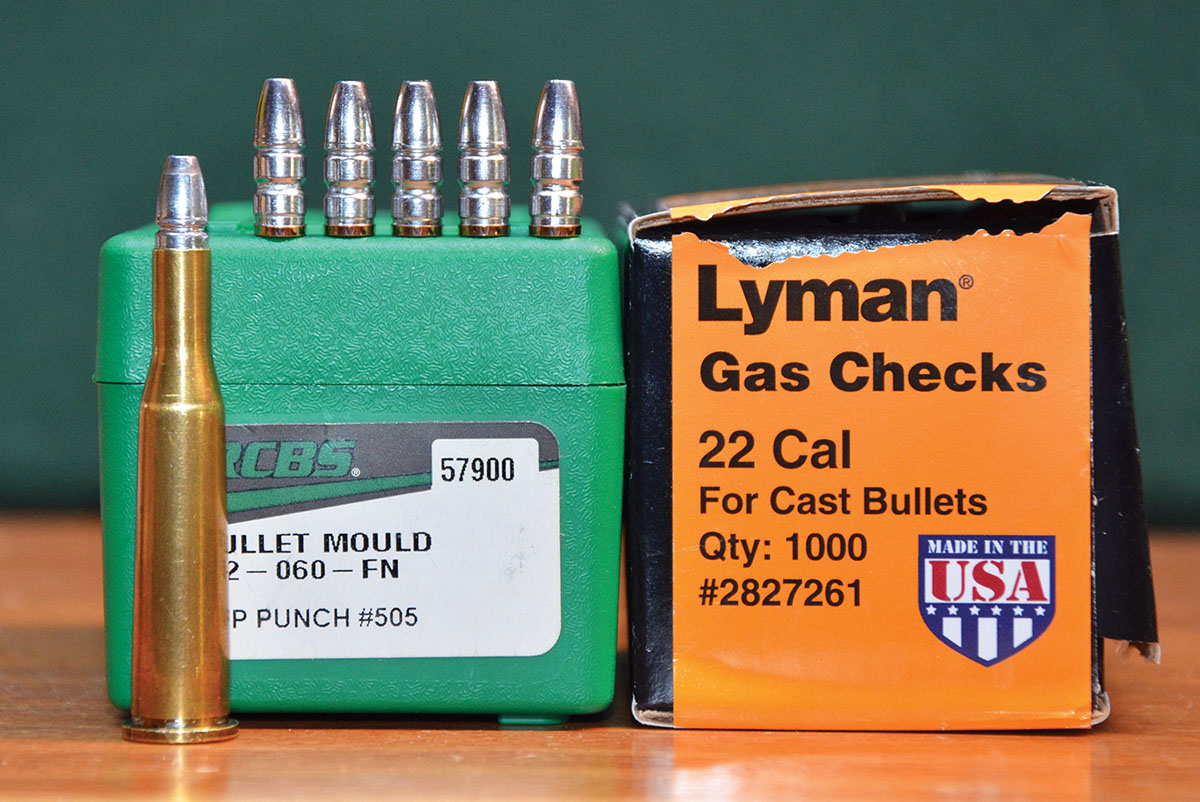
Various rifle cartridges have had their champions and it is impossible to think of the 270 Winchester without Jack O’Connor coming to mind. Perhaps the strongest supporter of the 22 Savage Hi-Power was devout Christian and amateur naturalist Harry Caldwell, who grew up in the hills of Tennessee and became known for his proficiency with a rifle. He also mastered the art of stalking close to game prior to taking the shot. Caldwell eventually became a Methodist missionary and in 1900 he and his family were sent to southern China where they would remain for 24 years. Residents in the area initially strongly resented his presence and few attended a small station to hear him preach.
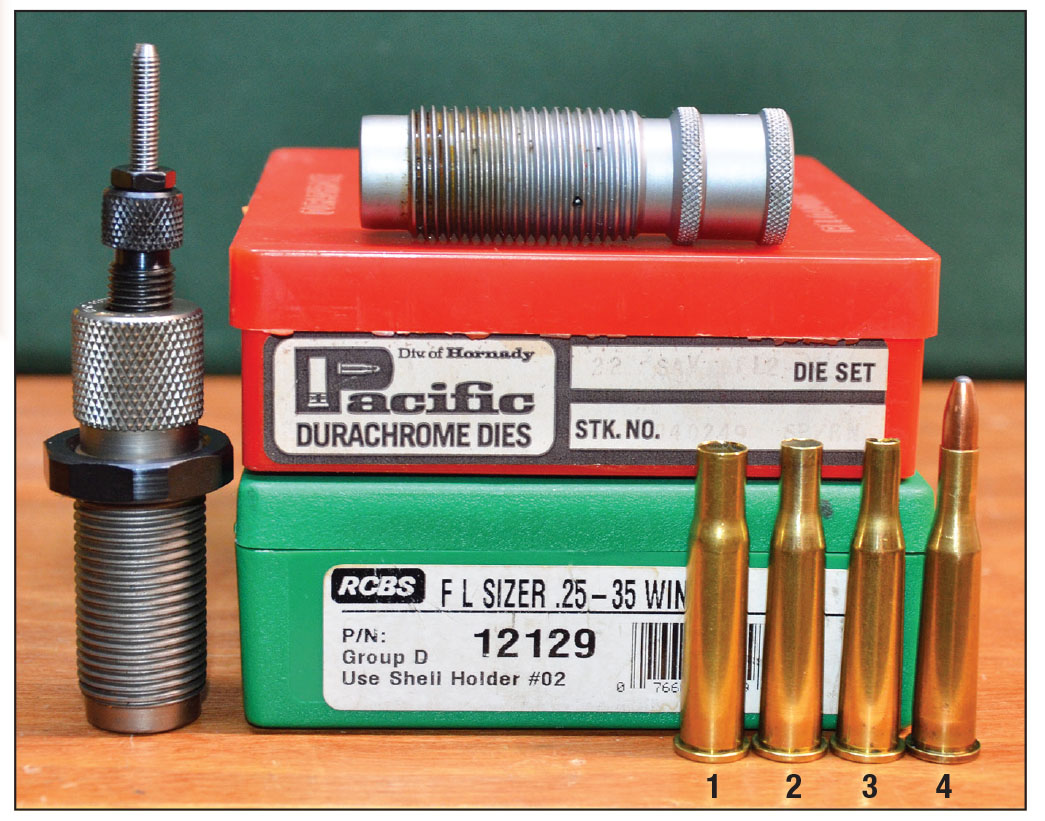
During the following years, Caldwell used the 303 to take eight more man-eaters and then several months prior to the 1912 introduction of the 22 Hi-Power, he received a Model 99 Featherweight chambered for it. Also included were boxes of Savage ammunition loaded with a 70-grain softnose bullet. Soon thereafter, Caldwell took the new rifle in hand and began tracking a tiger that only a few hours prior, had killed and eaten a 15-year-old boy. When the animal charged, a single bullet into its chest dropped it only inches from Caldwell’s feet. A photo of him and that dead tiger appeared in the 1912 Savage catalog. Several dead tigers later, Caldwell had become convinced that the new rifle was a quicker killer than his 303 and he went on to dispatch an additional 38 tigers with the 22 Hi-Power, most described by him as one-shot kills. All were taken at 30 yards and closer, some while shooting from a ground blind, others stalked. A bleating goat tethered to a stake was sometimes used to attract a man-eater while at other times Caldwell served as the bait.
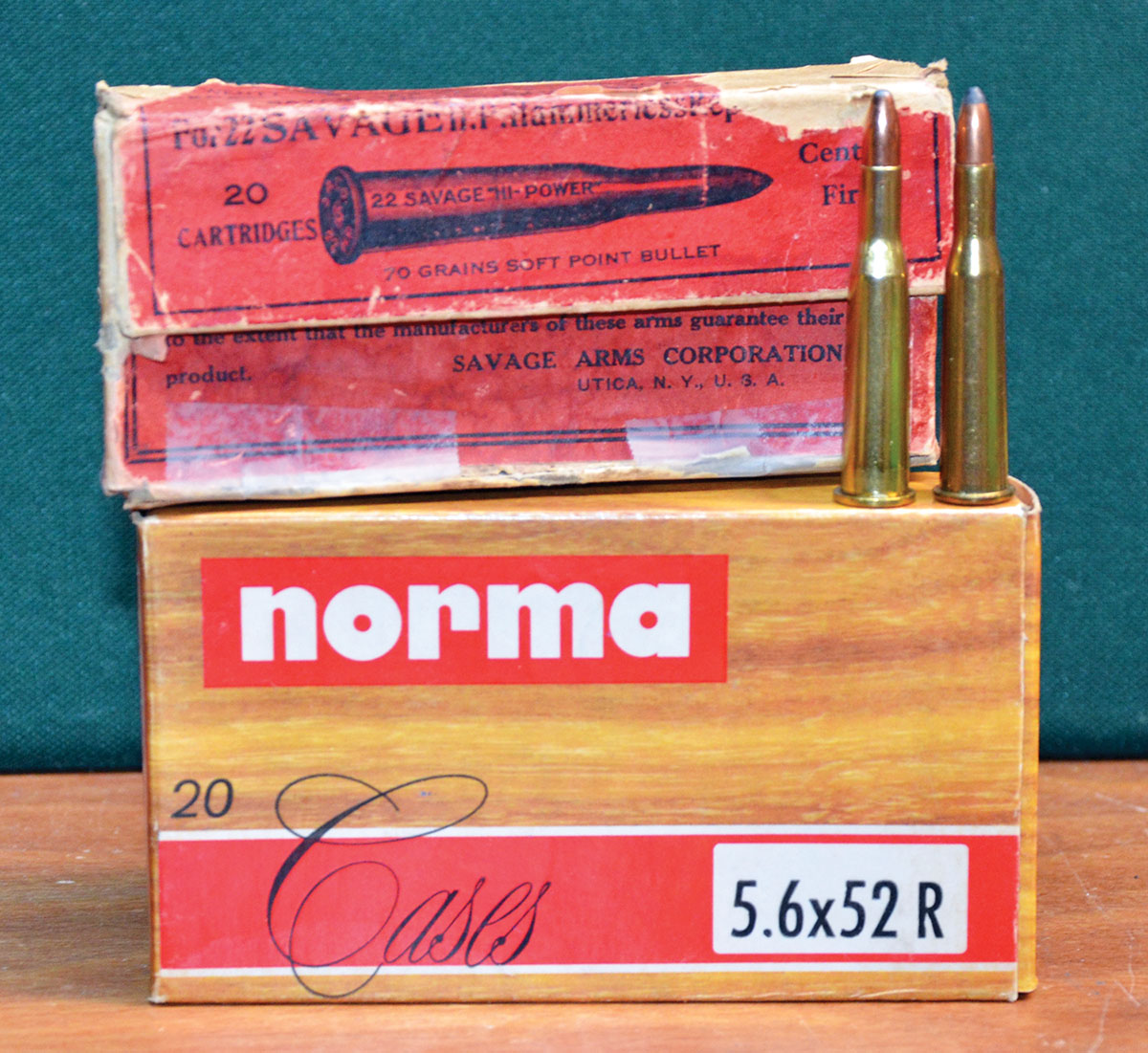
We must not overlook Emily Parsons, who was married to a British officer stationed in India during the early 1900s. It was recorded that she bagged “several dozen” tigers and leopards and boasted of never having to shoot one twice with her 22 Hi-Power.
Savage ceased production of rifles chambered for the company’s first high-velocity cartridge in 1941.
.jpg)


